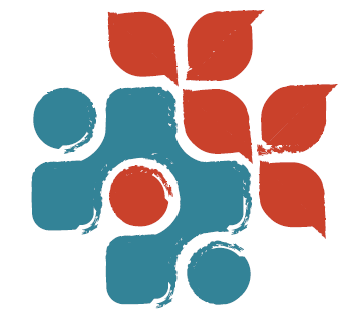Osteopathy: A great compliment to movement therapies. By Romtin Shaaban-Kamseh Registered Physiotherapist
When it comes to seeking hands-on relief from pains and ailments, there are many manual therapy treatment options available. So, what makes Osteopathy stand out from the rest?
Unlike other manual therapists, OMPs (Osteopathic Manual Practitioners) directly evaluate and treat the mobility and function of all systems of the body: nervous, vascular, lymphatic, muscular, skeletal, digestive, etc.. The underlying principle of osteopathy is that bodily structures dictate how bodily systems function; much like how the shape of a riverbed will dictate how water flows within it. So, when structures deviate from their normal range of positioning and mobility, their functions become impeded and can cause pain. In contrast, restoring the structural deviation(s) will, in turn, restore proper function and usually alleviate that pain. The aim of Osteopathy is to guide the body back to its normal structural relationships using gentle techniques.
I was drawn to Osteopathy during my years of training as a Physiotherapist. As I learned more about how the body functions and heals, it became clear to me that the body is designed to maintain good health on its own. To this day, researchers are continuously working to understand all of the processes that take place in our bodies and yet, may never reach a point where they are fully understood. This led me to think that the body must have innate wisdom about how to heal in a way that far exceeds anything our intellect is capable of comprehending. That’s why it made sense to me that the best approach to helping people recover from injury, dysfunction, and/or pain is to maximize their own natural healing processes. The primary aim of Osteopathy is just that; to restore full bodily function and self-healing mechanisms by removing any impedance to such processes, with manual therapy.
Now, it’s important to point out that unlike many of the other manual therapy options available like Physiotherapy, Chiropractic, or Massage Therapy, Osteopathy in Ontario (with the exception of Doctors of Osteopathy who are trained in the US) is not regulated. That means there is no unified standard of education nor examination across the different schools in Ontario. So when you receive Osteopathic manual care in Ontario, what you may experience will vary depending on what schooling your Osteopathic manual practitioner has gone through. This played a big factor in deciding what school I wanted to attend for my own Osteopathy training.
The Canadian College of Osteopathy (CCO for short) is the first comprehensive osteopathy training program in Ontario. CCO meets the standards of the Ontario Association for Osteopathic Manual Practitioners and exceeds the benchmark for training set out by the World Health Organization. Being established as a school that is recognized as providing thorough training on both provincial and global levels is what made me decide to enroll at CCO for my osteopathic training
Active treatment approaches like Physiotherapy and Pilates are very helpful in restoring joint mobility, muscle strength, flexibility, and control. However, there are times when restrictions in the body limit the ability to perform active exercises effectively. These restrictions often greatly benefit from very specific manual interventions in order to allow for full freedom of motion to be restored. Osteopathy is a great gentle approach that can address such restrictions.
I am currently enrolled in the CCO in Toronto and look forward to adding DOMP to my name in 2026!
